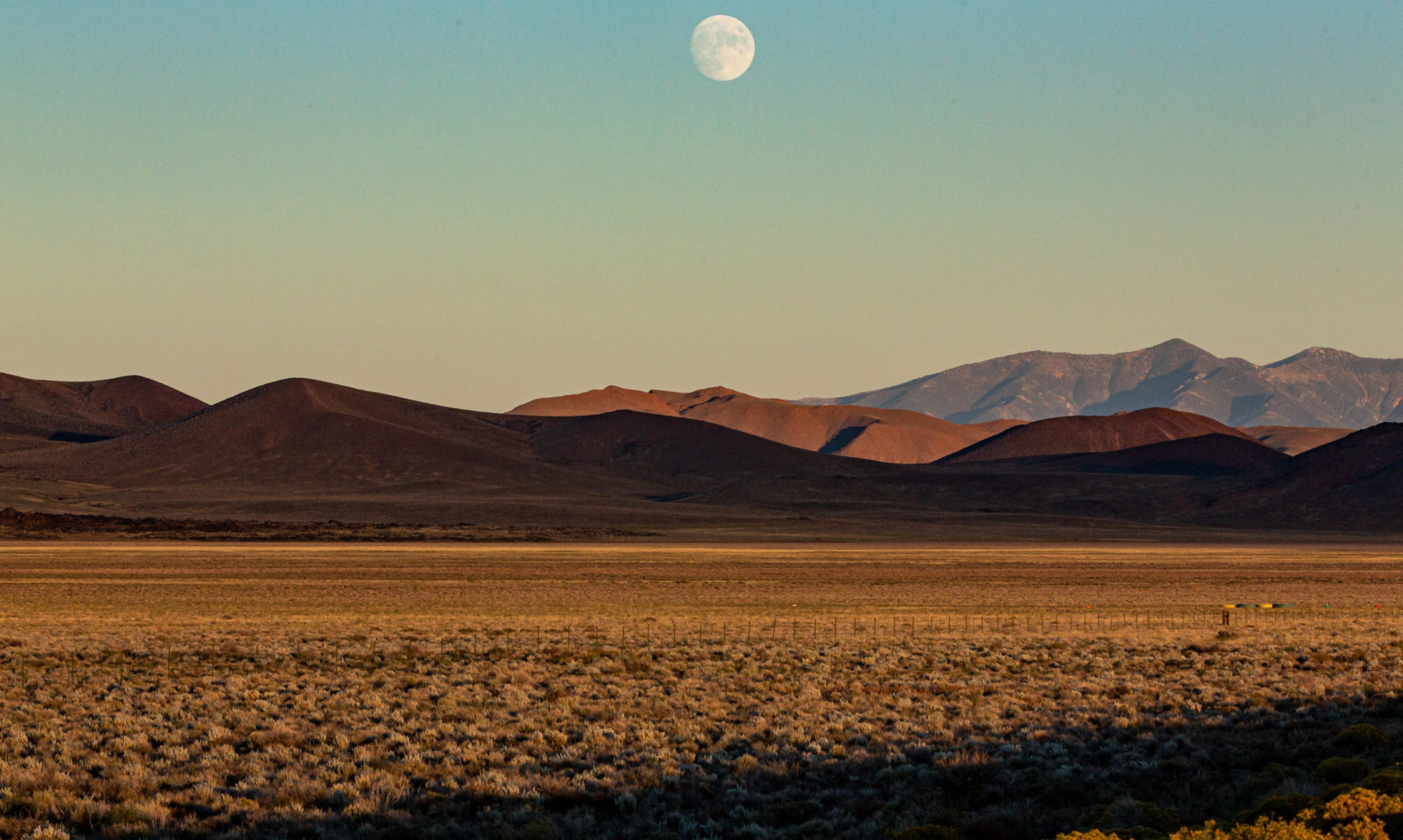So, I’m nearing the three-month mark in this law school job (every day a new record for longevity). It’s interesting getting to know the campus again, walking it every day. Interesting to see the students; last time I was up there on an every day basis, I was one of them — a little older than most, actually, but still, within a few years of most of the people in my classes. Now — well, I can hardly ignore the fact pretty much all the students are bracketed by my kids’ ages — 18 and going on 26. I don’t feel a full lifetime away from who I was the last time I was in class (something to do with a senior thesis, I think; never got finished). But in simple age terms, that’s what I am.
That’s not what I started out to say, though. What I started out to say was this overheard snippet, a guy to a couple friends walking down Bancroft Way: “Ted had a press conference the other day. He said Longshore‘s the man.” Translation took a couple of seconds: Football season’s here, and the fans are talking about it.
P.S. And, a lifetime away or not, Nate Longshore is about as fine a sports name as you’ll find occurring in nature.
P.P.S. Pending gridiron excitement: Illinois vs. California in beautiful Memorial Stadium. The last time these squads tilted, the Fighting Illini (caution: politically incorrect) hunted, killed, and skinned the Golden Bears (government notice: extinct hereabouts).
